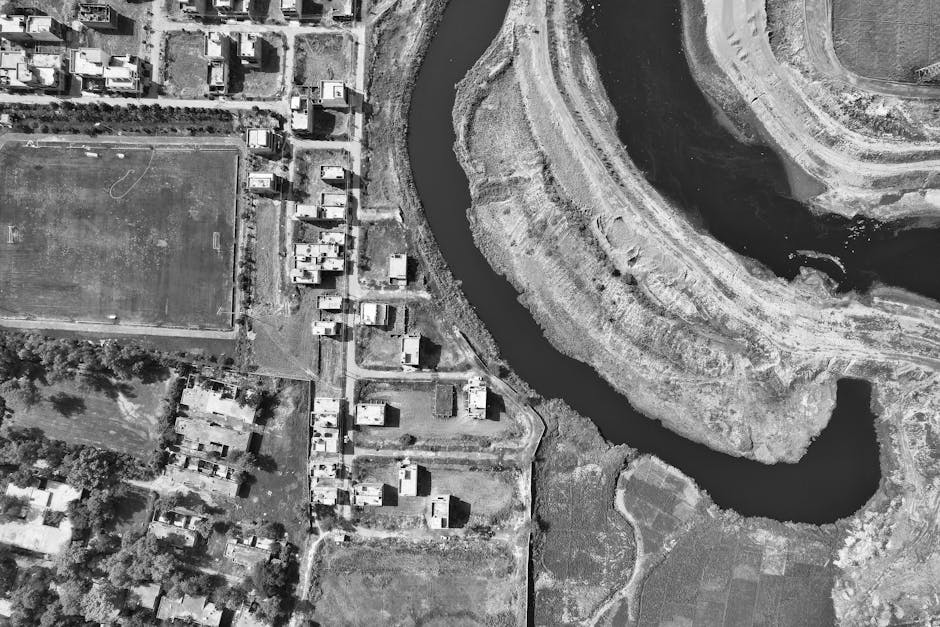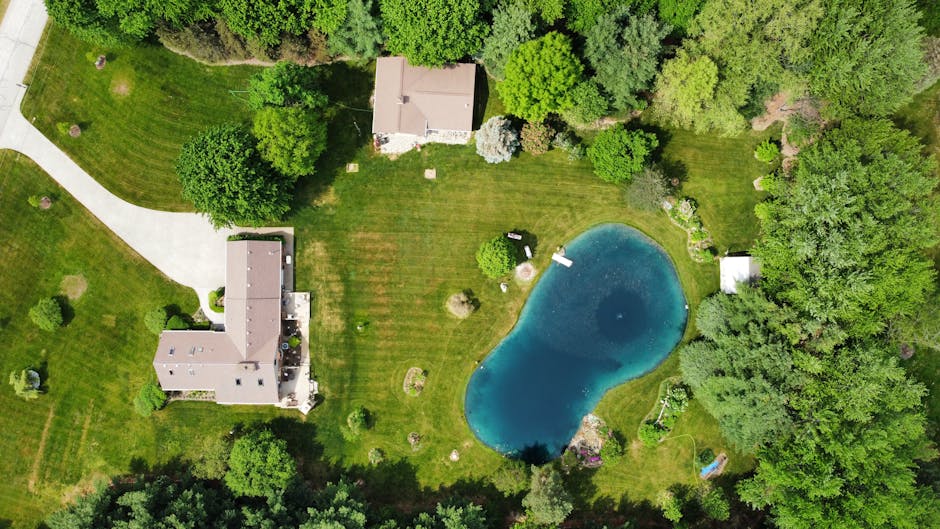How to Conduct a Neighborhood Survey
Have you ever wondered what your neighbors really think about the community? What if you could gather their opinions and ideas to make your neighborhood a better place? Conducting a neighborhood survey is a great way to do just that. In this article, well guide you through the steps to create an effective survey that engages your neighbors and provides valuable insights.
Why Conduct a Neighborhood Survey?

Surveys help you understand the needs and opinions of your community. Did you know that over 70% of people feel more connected when they participate in local initiatives? This connection can lead to improvements in safety, cleanliness, and social activities.
By conducting a neighborhood survey, you can:
- Identify community concerns.
- Gather ideas for events or improvements.
- Encourage local involvement.
Lets explore how to get started!
What Should You Include in Your Survey?

Before you hit the streets, think about the questions you want to ask. The best surveys are simple and focused. Here are some key topics to consider:
- Community Safety: Ask about crime rates or safety concerns.
- Neighborhood Cleanliness: Gather opinions on litter and maintenance.
- Local Events: Find out what kind of events people want.
- Improvements: Identify areas that need upgrades, like parks or playgrounds.
Make sure your questions are clear and easy to understand. For example, instead of asking, What do you think about the safety in our neighborhood? you could ask, Do you feel safe walking in our neighborhood at night?
How Can You Distribute Your Survey Effectively?

Now that you have your questions, it’s time to decide how to distribute your survey. Here are some effective methods:
- Online Surveys: Use platforms like Google Forms or SurveyMonkey for easy access.
- Paper Surveys: Hand out printed copies during neighborhood events or at local shops.
- Door-to-Door: Go directly to homes and ask neighbors to fill out the survey.
Choose the method that fits your community best. For tech-savvy neighborhoods, online surveys may work well. For others, paper surveys might be more effective.
what’s the Best Way to Analyze the Results?

Once youve collected responses, it’s time to dig into the data. Analyzing your survey results helps you understand the communitys needs. Heres how:
- Organize the Data: Use spreadsheets to categorize responses.
- Look for Trends: Identify common themes or repeated concerns.
- Share Findings: Prepare a summary to share with the community.
Remember, the goal is to turn data into actionable insights. For example, if many neighbors express a desire for more community events, consider organizing a neighborhood gathering!
How Can You Encourage Participation?
Getting neighbors to participate can be challenging. Here are a few tips to increase engagement:
- Promote the Survey: Use social media, local bulletin boards, and community meetings.
- Offer Incentives: Consider small rewards, like a raffle for participants.
- Make It Fun: Host a community event where people can fill out the survey together.
Keep your tone friendly and inviting. When people feel valued, they are more likely to share their thoughts.
What Do You Do with the Results?
After analyzing the data, it’s crucial to act on it. Heres what you can do:
- Share the Outcomes: Present the results to your community in a meeting or via a newsletter.
- Plan Next Steps: Based on feedback, create an action plan for improvements.
- Follow Up: Keep the community informed about changes and successes.
Engaging with your neighbors shows them that their voices matter. This can lead to increased trust and collaboration in the future.
How to Overcome Common Challenges?
Even with a solid plan, challenges can arise. Here are a few common issues and how to tackle them:
- Low Participation: If responses are low, consider extending the survey period or using multiple platforms.
- Negative Feedback: Not everyone will be happy. Be prepared to listen and address concerns respectfully.
- Limited Resources: If you lack volunteers, seek help from local organizations or community groups.
Remember, challenges are part of the process. Stay positive and focused on your goal.
What Are Some Real-Life Examples?
Many neighborhoods have successfully used surveys to make improvements. For instance, a community in Portland conducted a survey that revealed a need for more green spaces. They used the results to advocate for a new park, which now serves as a gathering spot for families.
Another example comes from a town in Ohio, where residents voiced their desire for more community events. The local council organized seasonal festivals, bringing neighbors together and boosting community spirit.
What Are Your Next Steps?
Conducting a neighborhood survey is an excellent way to engage your community and make it better. Heres a quick recap of your action plan:
- Define your survey goals and questions.
- Choose a distribution method.
- Analyze the results and share them.
- Act on feedback and keep the community informed.
By following these steps, you’ll build a stronger, more connected neighborhood. Don’t hesitate to start your survey today!
Closing Thoughts
Remember, the heart of a neighborhood lies in it’s people. By gathering their thoughts and concerns, you can create a vibrant and welcoming place to live. So, grab your notepad and start planning your neighborhood survey now!
For more tips on community engagement, check out this resource from the National Civic League: National Civic League.



